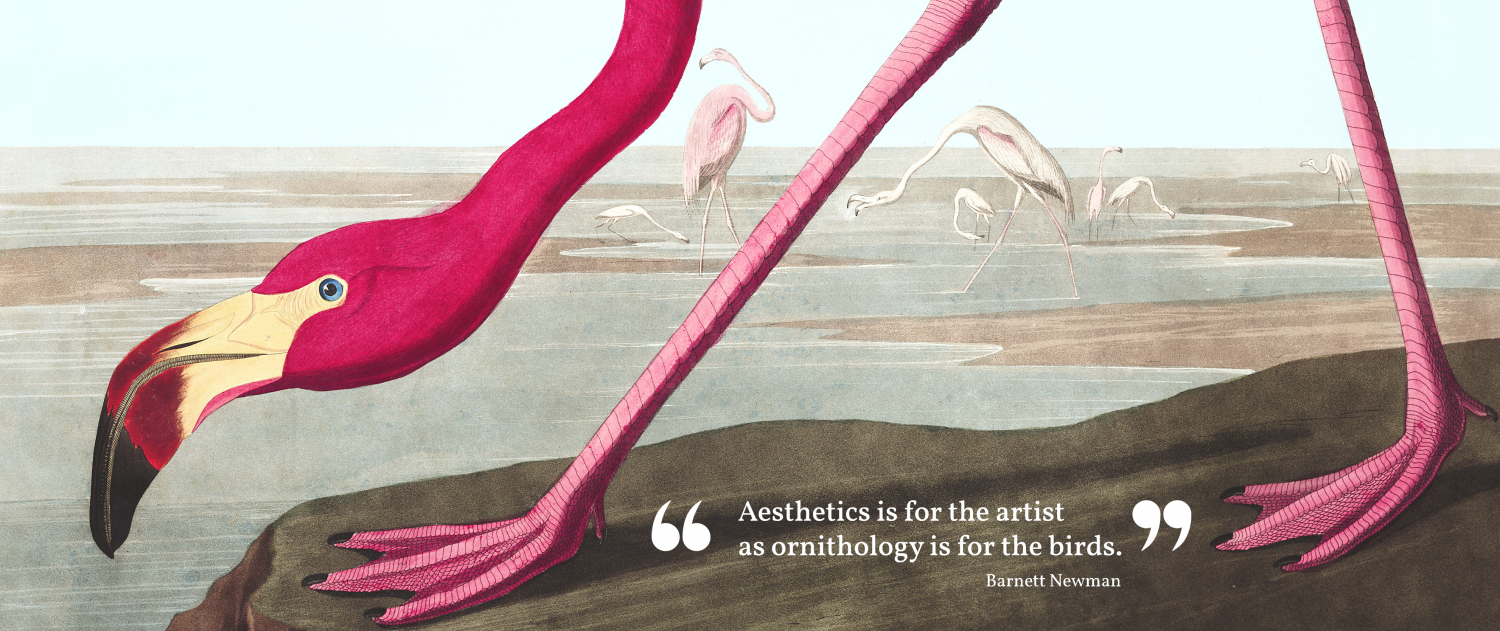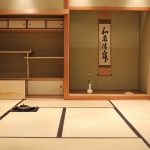Now that increasing numbers of people are stuck at home and sheltering in place, I figured I’d do a little series. Every weekday for the duration of this intense period, I’ll post a short definition of some term in/related to aesthetics and philosophy of art. Let’s see how this goes! See them all here.
Terms of Art #28:
wabi-sabi
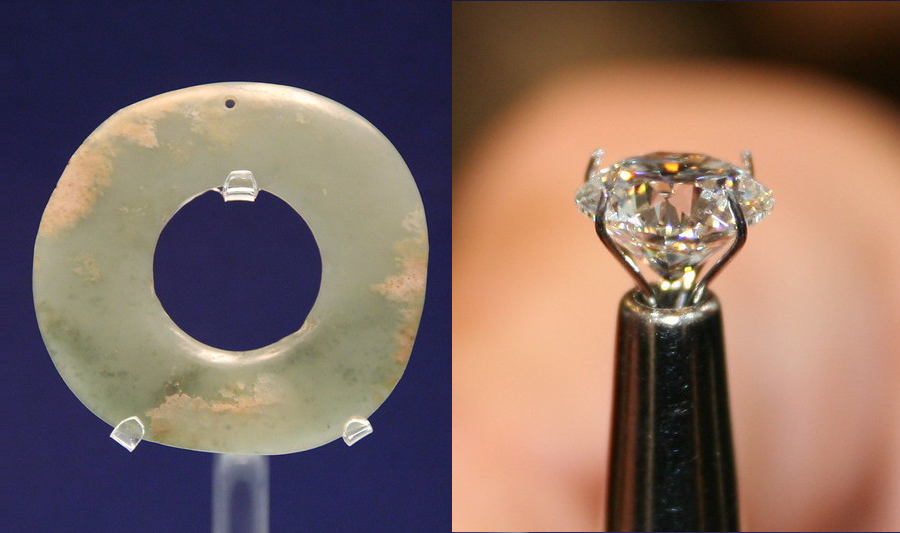
jade vs. diamonds embodies the difference between the Japanese wabi-sabi aesthetic and the European ideals of glittery polished beauty [source 1 and 2]
Definition: Wabi-sabi is to Japanese aesthetics what beauty is to European aesthetics.
Originally wabi-sabi was two different concepts:
wabi – things that are simple, humble, rustic, sometimes even flawed
sabi – things that are aged, like with a patina (related to “rust”)
Both are aesthetically admirable qualities for a thing to have.
Wabi-sabi blends wabi and sabi. It’s especially stuff that is impermanent, imperfect, or incomplete.
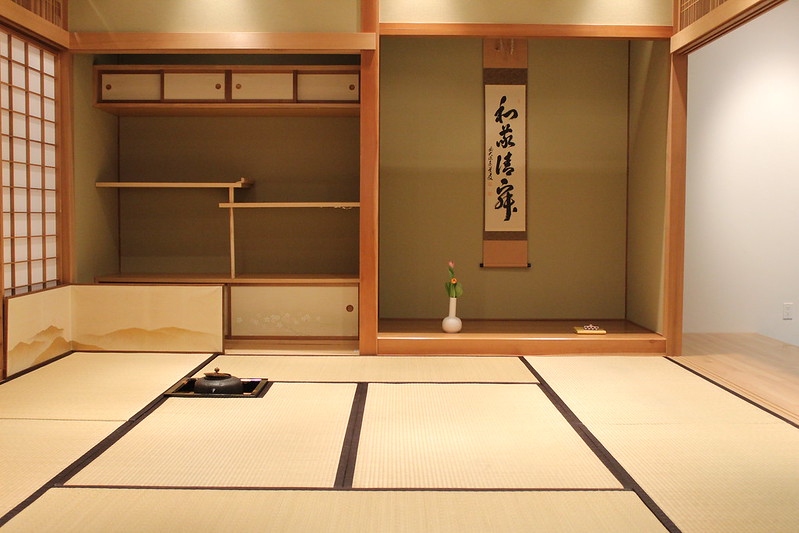
a traditional Japanese tea room, very wabi! if aged with a gentle patina of oils and dirt, also sabi! [source]
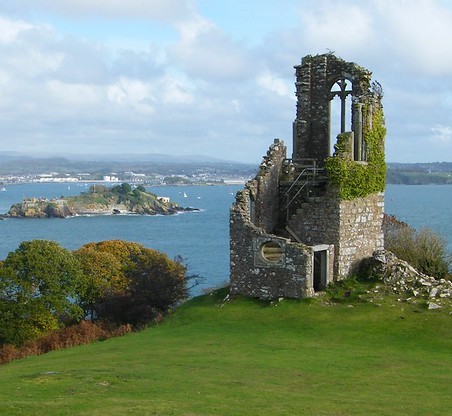
18th century England was so into ruins that they made fake ones! This is the VERY picturesque Mount Edgcumbe folly in East Cornwall (1747). [source]
mono no aware – another Japanese term, often translated as the “pathos of things”; it’s the emotion of watching cherry blossoms that burst into bloom and fall within days (so too our lives! (ToT) )
picturesque – a concept from 18th century British aesthetics, referring to the rustic beauty of decaying objects (think: castle ruins), lying somewhere in between beauty and the sublime.
Note: This technical historical meaning of “picturesque” is not to be confused with the contemporary meaning, anything pretty as a picture (especially a strikingly beautiful landscape).
Not to be confused with:
wasabi – the green spicy horseradishy stuff that comes on the side of your sushi order
